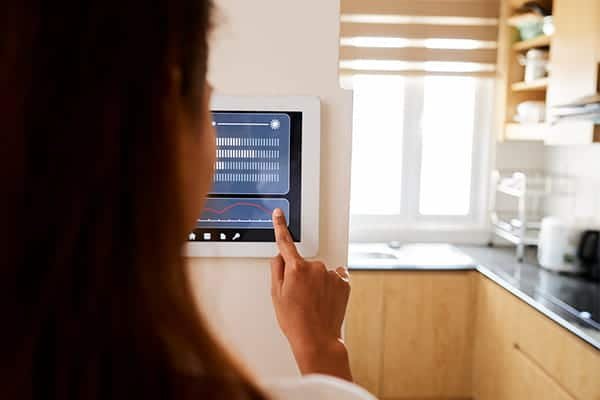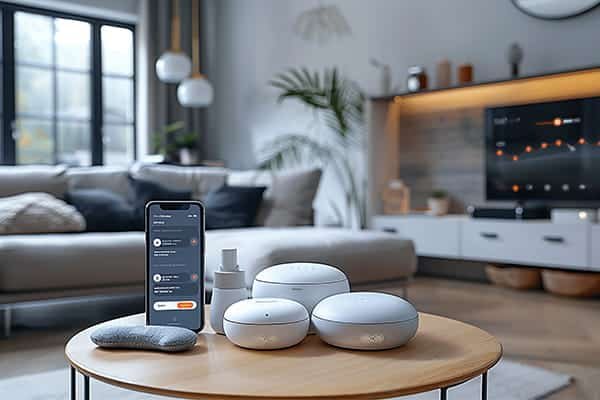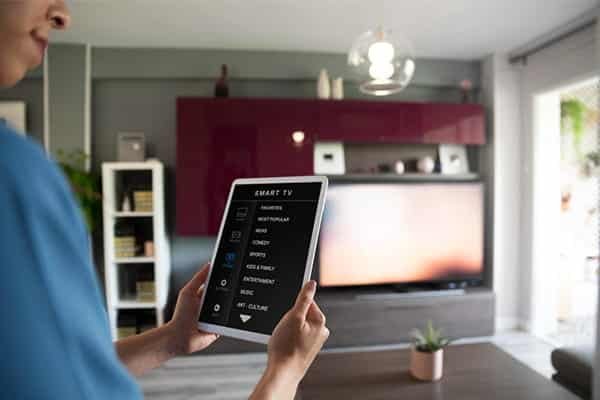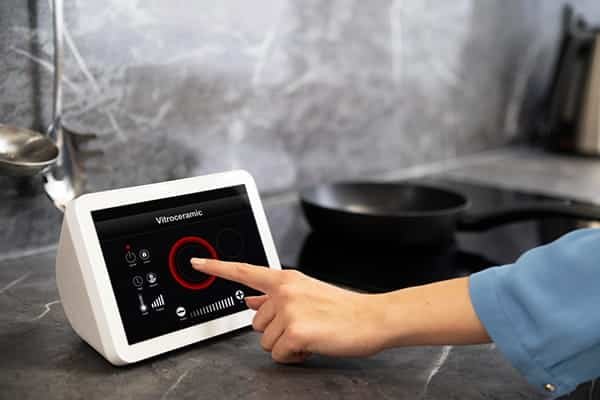Introduction to Home Assistant Automation
Home Assistant Automation is an integrated system combining AI and IoT devices to transform your home into a smart ecosystem. Using advanced technologies like artificial intelligence and smart devices, these systems allow you to control various devices remotely through voice commands or mobile applications. With platforms like Siri, Google Assistant, and Alexa, managing your home has become more streamlined and effective than ever before.

Key Features of Home Assistant Automation
Voice-Controlled Operations
One of the most appealing features of home automation is its voice-controlled operation. Imagine saying, “Alexa, turn on the living room lights,” and the system automatically activates the lights without any manual effort. This advancement not only optimizes space but also significantly enhances the comfort level within your home.
Face Recognition Capabilities
Face recognition plays a vital role in home security. Smart virtual assistants, such as Siri and Google Assistant, leverage biometric recognition for user verification, which adds an extra layer of security for your household. This feature can be particularly helpful in homes where the assistant system automatically unlocks the door upon recognizing a family member.

Motion Detection and Security
Thanks to motion sensors, smart assistants can detect and alert you of any unusual activity in and around your home. This feature ensures that your surveillance cameras are always prepared to record and notify you in case of an incident, contributing to 24/7 protection for your home.
===> Learn more: Attractive Pricing on Smart Rolling Door Switches
Benefits of Home Assistant Automation
Implementing a home assistant system offers numerous unexpected benefits:
- Enhanced Comfort and Convenience: Smart devices are managed from a single ecosystem, simplifying daily tasks and enhancing quality of life.
- Optimal Security: With surveillance systems and smart locks, your home is safeguarded against unauthorized entry.
- Time and Energy Savings: Automation allows you to control lighting and air conditioning remotely, saving both time and energy.
- Compatibility and Flexibility: Siri, Alexa, and Google Assistant integrate seamlessly with a range of devices, offering flexible options for any household.

Popular Home Assistant Platforms Today
Apple’s Siri Assistant
Siri is Apple’s premier virtual assistant, offering robust support within the Apple ecosystem. Siri can control various home devices like lights, locks, and thermostats via Apple HomeKit. However, Siri’s compatibility mainly extends to Apple products, with limited integration across other platforms.
Google Assistant
Google Assistant is a versatile assistant, seamlessly connecting with Android devices and various other smart home gadgets. Known for its precise voice recognition and fast search capabilities, Google Assistant is consistently updated to enhance the user experience.

Amazon Alexa
Alexa from Amazon provides remarkable flexibility in connecting with home appliances and smart devices. Alexa integrates well with devices like Amazon Echo and Ring Doorbell, ensuring a comprehensive monitoring and security system for your home. Alexa stands out due to its ability to handle complex tasks, such as managing an entire home security network.
Common Challenges with Home Assistant Automation
Internet and Power Instability
Home automation relies heavily on a stable internet connection and power source. A loss of connection or power can cause interruptions, making it inconvenient for users. Opting for devices capable of offline functionality can provide peace of mind in such situations.
Data Security and Privacy
One of the main concerns with virtual assistants is data privacy. Smart devices can record conversations and store user data, raising the risk of personal information exposure. Regularly updating your device software and setting strong passwords are essential steps to safeguard your data.

Frequently Asked Questions on Home Assistant Automation
Can Virtual Assistants Work Offline?
Some virtual assistants, such as Alexa and Siri, have limited offline functionality, though more complex operations like voice recognition and responding to queries still require internet connectivity.
Do I Need Additional Devices to Utilize Virtual Assistant Features?
To fully utilize virtual assistant capabilities, additional smart devices like sensors, surveillance cameras, and LED bulbs may be required. These devices optimize the automation capabilities of your home assistant.

How Can I Ensure the Security of My Virtual Assistant System?
Securing your virtual assistant system is crucial. You can enhance security by using strong passwords, updating software regularly, and setting up access controls. For devices with face recognition, it’s advisable to allow access only to family members.
Home automation systems provide significant convenience and protection for your home. For expert advice on selecting the most suitable and secure system, reach out to NT Security.

